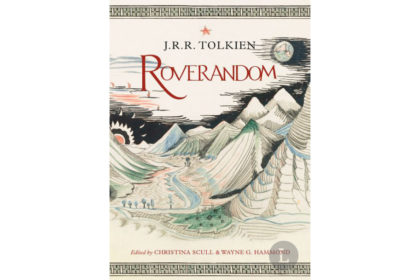Unfinished Tales of Númenor and Middle-Earth is a collection of stories and essays by J.R.R. Tolkien that were edited and published posthumously by his son Christopher Tolkien in 1980. The book includes a wide range of material, including both completed …
J. R. R. Tolkien: Unfinished Tales of Númenor and Middle-Earth









